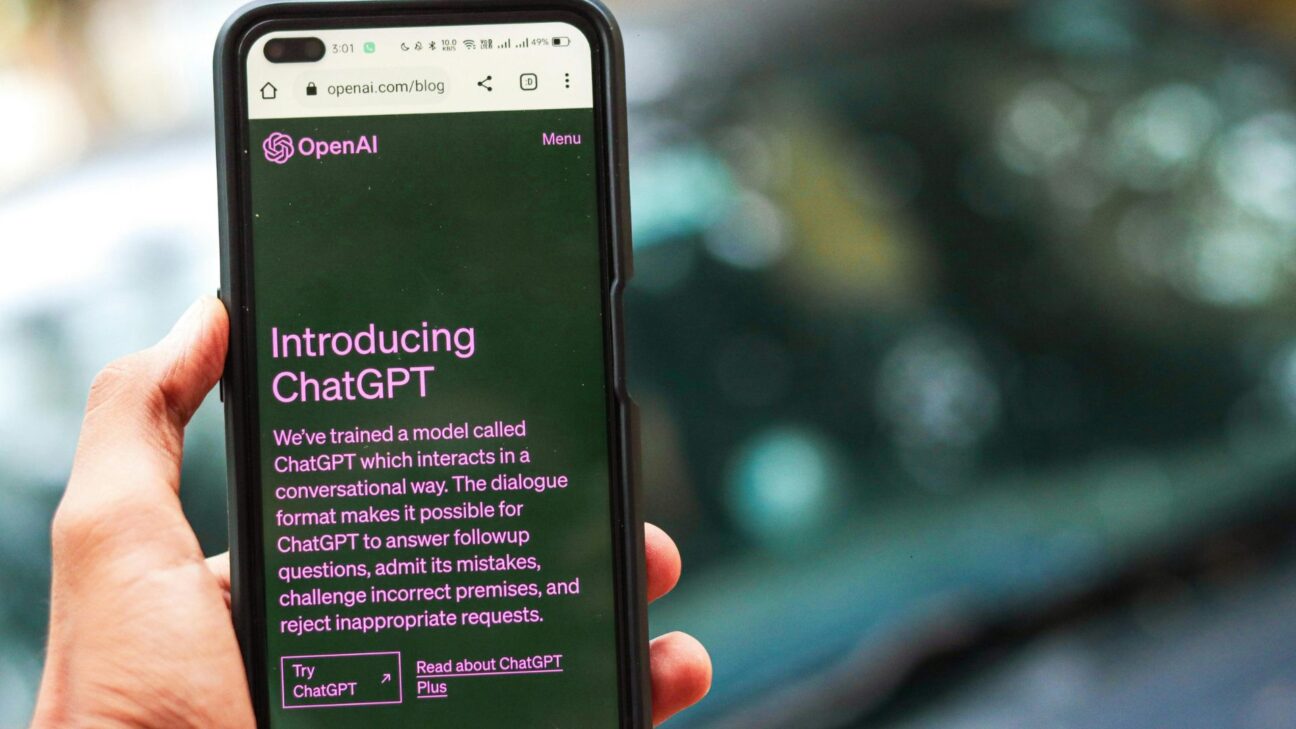
AI is everywhere. It can draft social posts in seconds, polish grammar until it shines, and even pull together a content calendar before you’ve had your morning coffee.
On paper, this might sound like a dream. But as with most things, the reality is a bit more complicated.
Used in the right way, AI is a fantastic tool. Used in the wrong way, it can flatten your brand voice, add to the noise online and even carry hidden costs for the environment. Every query or draft generated by your favourite AI tool requires energy and that comes with a carbon footprint. So, while AI is certainly powerful, it’s worth thinking about how and when we use it.
Here are the best (and worst) ways I’ve found to put AI to work in content.
Where AI shines
As a Senior Content Specialist, I’ll happily admit that AI has saved me more than once. I often use it to:
Summarise and structure – when I’m handed a 50-page report, AI can quickly boil it down to key points I can actually use. It saves me hours.
Check tone of voice – when I’m writing hundreds of lines of meta descriptions or ad copy, AI helps me sense check whether I’m keeping the tone consistent.
Help me get started – I find the blank page intimidating. Asking AI for a rough draft or even just an opening line gives me something to react to and refine.
Sense check ideas – sometimes I just want to know if a concept is worth pursuing. AI is a quick way to test the waters without facing proper judgement.
In short, AI is brilliant at saving time on the more mechanical parts of writing, freeing me up for the creative, human side.
Where it falls short
On the other side, as a reader and consumer of content, AI can drive me crazy. It has a habit of:
Making content sound the same – generic intros, clichéd lines and predictable structures make copy feel forgettable. Sometimes if I read ‘In today’s fast-paced digital landscape’, I’m immediately turned off because it’s been used thousands of times over!
Overusing certain styles – em dashes, random colons and headings in Title Case that don’t match house style stick out straight away. If you’ve always used them, that’s a different thing. But seeing posts from brands suddenly littered with all kinds of new punctuation can be a bit jarring!
Repeating itself – AI often makes the same point several times in slightly different ways. Editing that down can be frustrating. It just feels like content stuffing.
Adding to the noise – while we’re on the topic of content stuffing…because it’s so quick to produce content, the internet is filling with even more copy (much of it bland!)
And yes, I’ve caught it out on facts more than once. If accuracy matters (and it usually does), you still need to do the legwork.
The human touch
However, in my opinion, the real danger with overusing AI isn’t the punctuation quirks or clichés; it’s losing your voice. Whether you’re writing for a brand or as an individual, for me, the best content always has a bit of personality. That could be a turn of phrase, a lived experience or even a knowing aside that makes me think, ‘Praise be, a real person wrote this!’
Readers can tell when something is too polished or safe. AI doesn’t mean to iron out your brand voice but if you rely on it too much, it will. That’s why I never publish anything AI-generated without editing it heavily, adding personal touches and shaping it into something that reflects me, AB or whichever brand I’m creating content for.
Making AI work for you
So, how do you strike the balance? From my experience, the best approach is:
- Use it with purpose – I don’t run every task through AI. I save it for when it genuinely helps lighten the load.
- Always add your own voice – I treat AI drafts as a base to build on. They’re useful, but the final build needs my input.
- Think about environmental impact – AI queries use energy. If I don’t really need to use it then I don’t.
- Keep quality over quantity – more content isn’t always better. Relevance and personality always win.
Need some help with your brand voice and personality?
We’d love to help! Get in touch with our team via the form below.